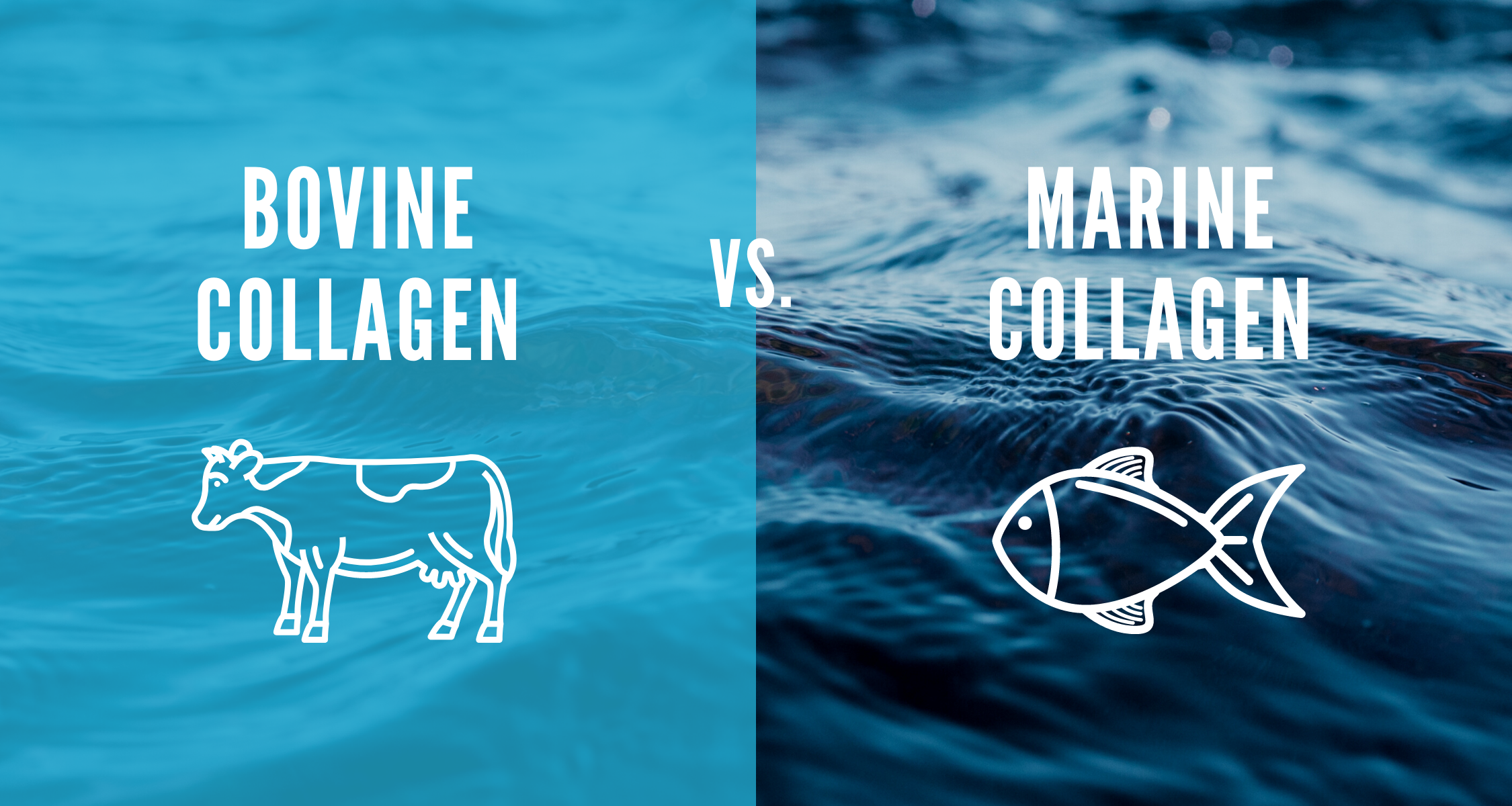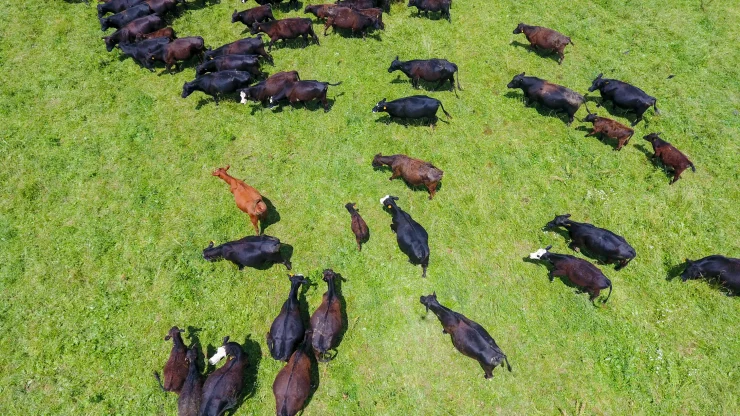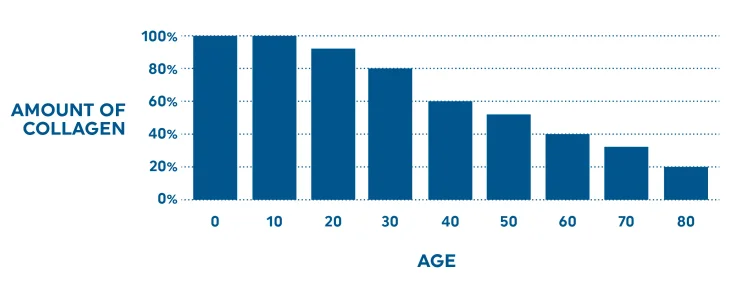Marine Collagen is made from the skin of fish. However, it’s often unclear as to what species of fish the collagen product is derived from.
It can be sourced from jellyfish, sponges, sea urchin, octopus, cod, snapper, or anything under the sea, really (did someone say...fishy?) (13).
The cosmetic industry has found success in using marine collagen to treat burns, open wounds, and as an anti-microbial. And in surgery, it has been used for bone regeneration and cartilage tissue engineering.
Although it boasts the same health benefits, amino acid count, and collagen types as bovine collagen, there is a downside to it...
With marine collagen comes a high probability of contamination with heavy metals—which can be especially harmful knowing that it’s used in both the cosmetic and surgical industry (14).
Types of Collagen In Marine Collagen
Marine Collagen contains both Type 1 and Type 2 Collagen. Here’s a detailed breakdown between the two:
Type 1
Type 1 Collagen represents the most abundant long-lasting protein in humans—making up 90% of collagen in the body (7). It’s found in several tissues including skin, bone, tendon, and the corneas (8, 9).
Without enough Type 1 Collagen, skin can become loose and saggy; joints can become stiff and achy; bones can feel as if they’re rubbing together.
Type 2
Type 2 Collagen is found in cartilage—the rubber-like padding that covers and protects the ends of long bones at the joints. It provides the cushion that your bones and joints need to move with ease (15).
Without enough Type 2 Collagen, bones become weaker and more prone to fracture (i.e. osteopenia and/or osteoporosis) while joints become less fluid, leading to a “popping” or “clicking” sound (16).






